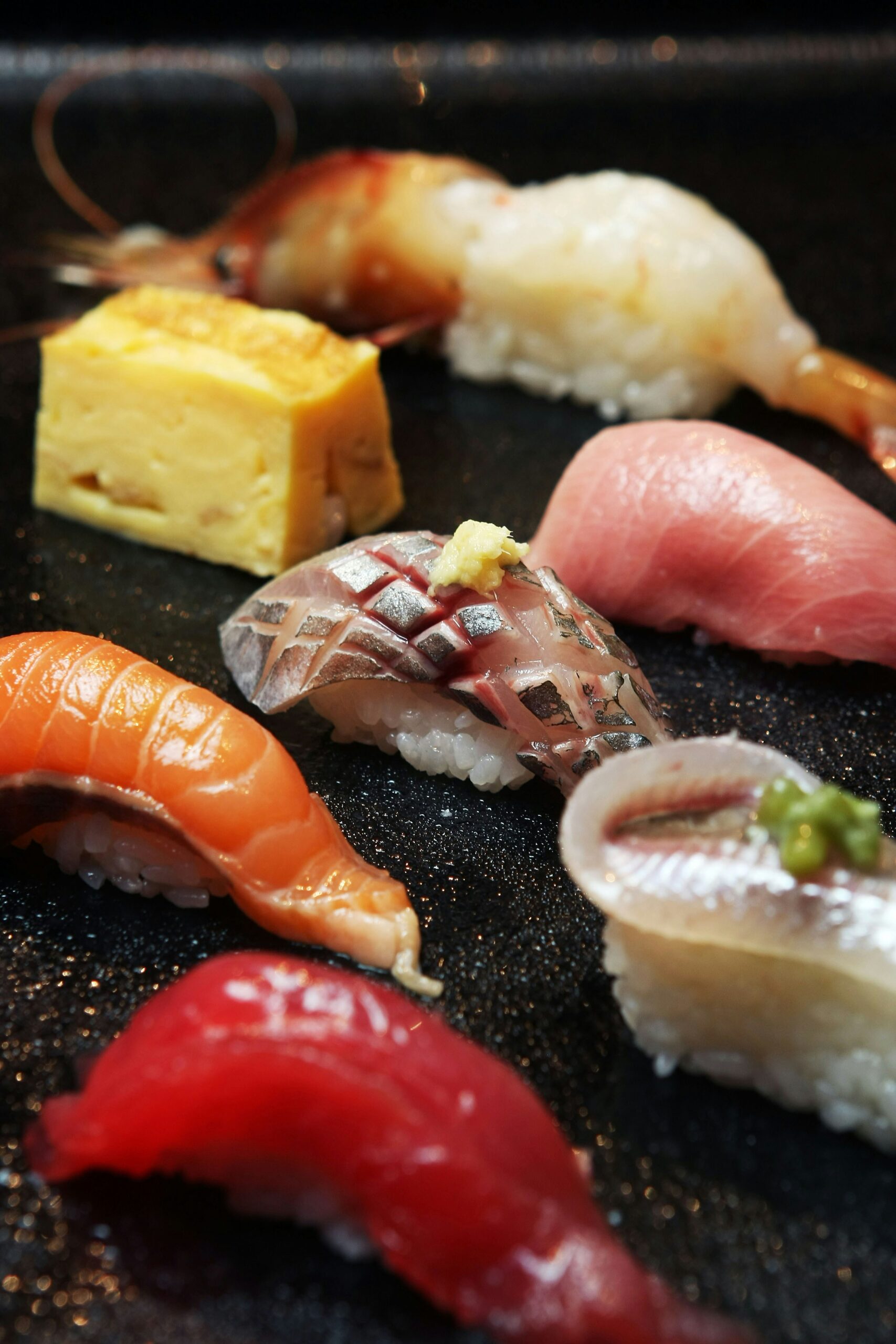A sushi experience in Japan isn’t just a meal; it’s an art form woven from the master craftsman’s skill, the freshest seasonal ingredients, and Japan’s profound culture. With this guide in hand, find your perfect sushi spot and embark on an unforgettable culinary journey.
1. Define Your Purpose and Budget
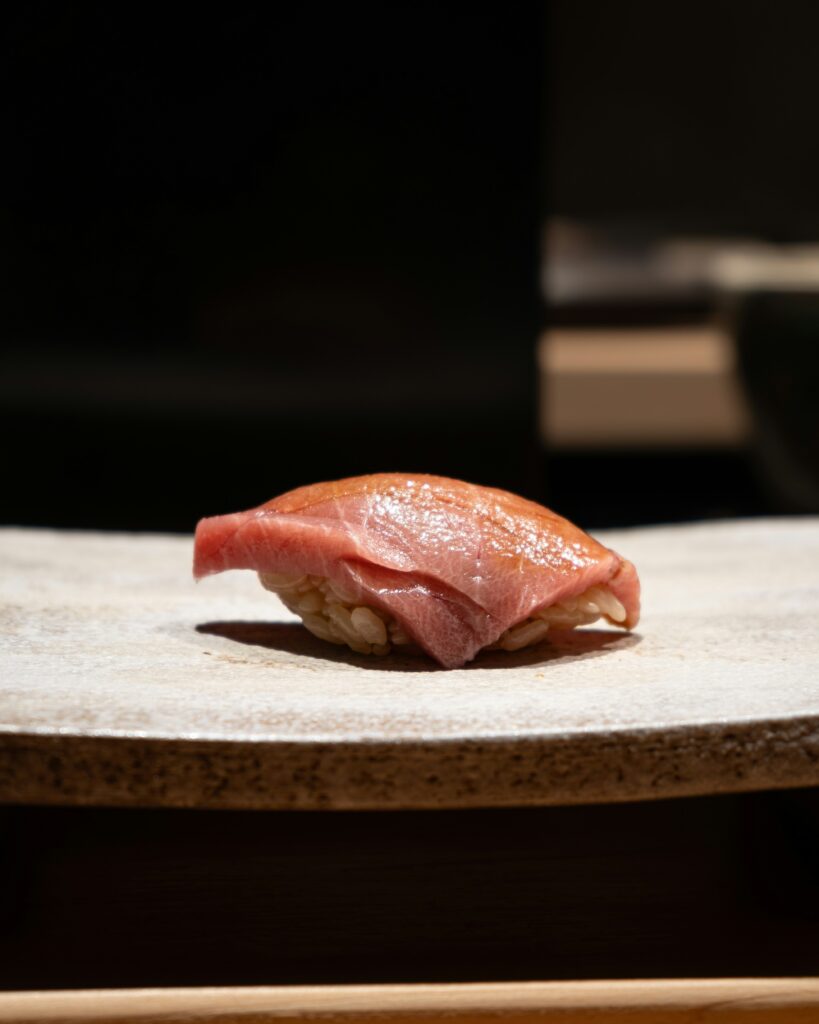
Before you start your search, it’s crucial to have a clear picture of the kind of sushi experience you’re after.
- High-End Establishments (e.g., Michelin-starred sushi restaurants in Ginza): If you’re looking to savor top-tier ingredients and masterful techniques, be prepared for budgets often ranging from ¥20,000 to ¥50,000 or more per person. These places typically feature delicate “Omakase” (chef’s choice) courses, where you can enjoy your meal at a relaxed pace in a quiet, refined atmosphere. They’re perfect for special occasions or those seeking the ultimate gourmet experience.
- Mid-Range Restaurants (e.g., popular local spots, counter sushi): Expect to spend around ¥5,000 to ¥15,000 per person. These spots offer high-quality sushi in a more casual setting. They’re great for enjoying conversation with the chef or casually trying seasonal ingredients. They’re also popular for family dinners or meals with friends.
- Conveyor Belt (Kaiten-zushi) / Standing Sushi Bars (Tachi-gui Sushi): For a very affordable and casual experience (typically ¥2,000 to ¥5,000 per person), these allow you to easily enjoy a wide variety of sushi. At kaiten-zushi, prices are often determined by plate color, offering the freedom to eat as much as you like. Standing sushi bars are popular among business people and tourists who want to grab a quick bite.
2. Leverage Review Sites and Apps
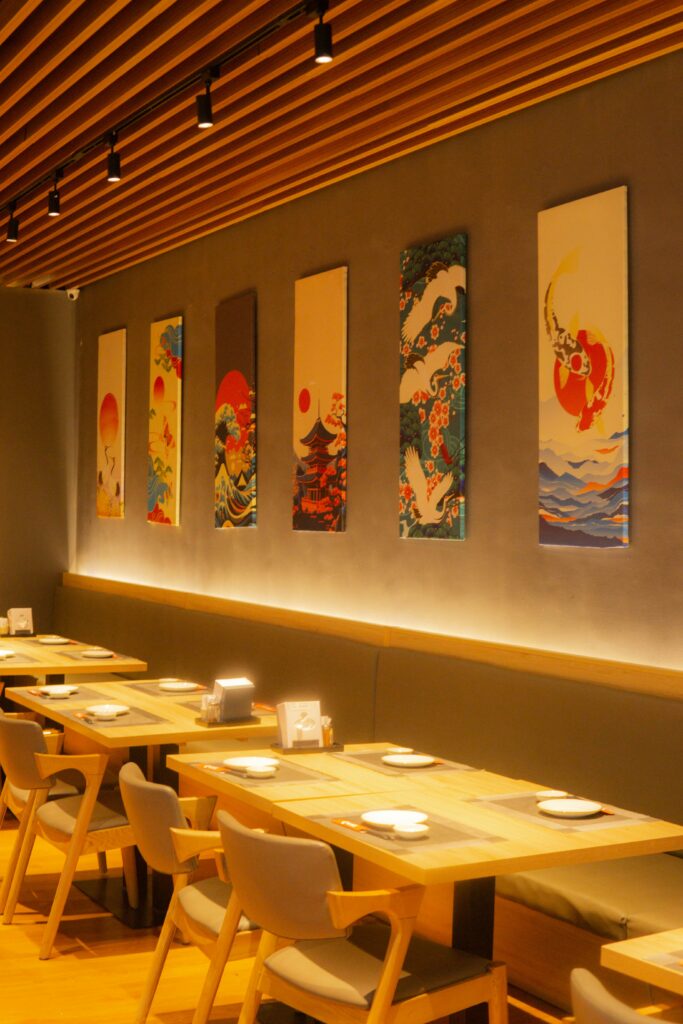
To check the latest ratings and real user reviews, we highly recommend using reputable gourmet websites and apps.
- Detailed Reviews and Ratings: Japan has numerous gourmet sites with incredibly detailed reviews and ratings. These are incredibly useful for discovering hidden local gems. You can often filter by “foreign language support” or “English menu available.”
- Photos and Ambiance: Utilizing sites that also feature abundant photos lets you preview the restaurant’s exterior, interior, and the dishes themselves. It’s also easy to search based on your current location or check business hours and crowdedness.
- Trustworthy Reviews: Some sites require real-name registration, which tends to lead to more reliable reviews.
Try searching these sites by typing “sushi” and filtering by area or budget to start exploring highly-rated options.
3. Ask the Locals
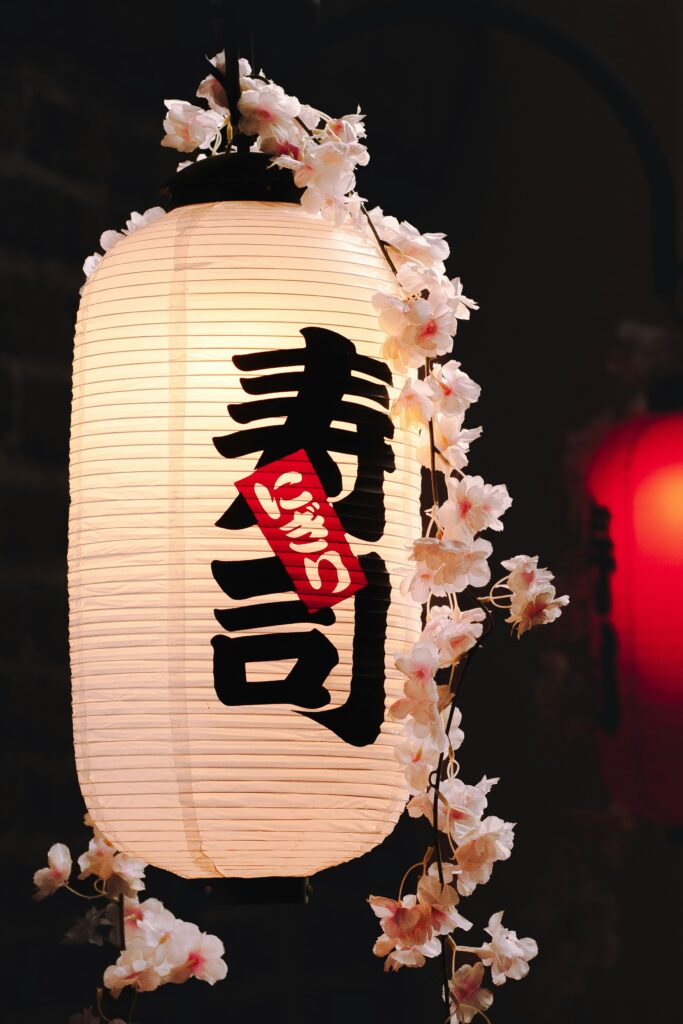
This might be the most personal and rewarding way to discover fantastic local experiences.
- Hotel Concierge: If you’re staying at a hotel, the concierge will be knowledgeable about local eateries and can recommend the perfect sushi restaurant to match your budget and preferences. They might even offer reservation assistance.
- Taxi Drivers: They often know the truly delicious spots that tourists might not. Don’t hesitate to ask, “Do you know any good sushi restaurants around here?”
- Station Staff or Shop Clerks: Take a little courage and strike up a casual conversation. Their personal recommendations might be local favorites not found in guidebooks, offering you an unexpected and authentic encounter.
4. Utilize Reservation Apps and Online Services
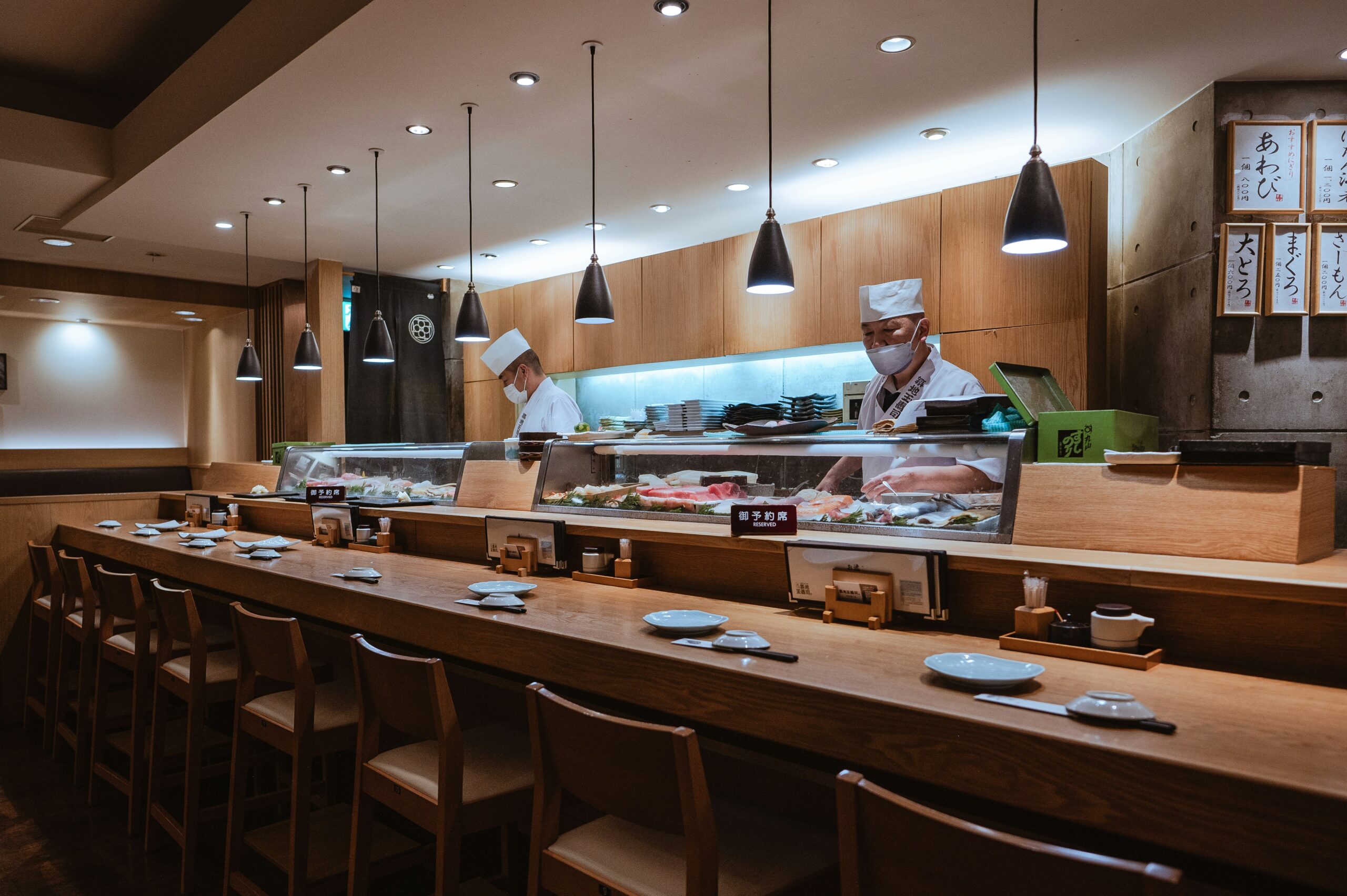
It’s common for popular sushi restaurants, especially high-end ones, to be fully booked weeks or even months in advance.
- Multilingual Reservation Systems: Many online reservation services for high-end restaurants offer multilingual systems, including English. You can check real-time availability and easily make a reservation.
- Specialized High-End Reservations: There are also online services specifically for reserving highly-selected high-end sushi restaurants (many offering Omakase courses only). These often include hard-to-book popular spots, so keep checking for cancellations.
- Official Restaurant Websites: Some smaller, independent restaurants might accept reservations directly through their own websites. It’s worth checking in advance.
Once your travel dates are set, we strongly recommend making reservations as early as possible. Reservations are essential, especially for weekends, holidays, and dinner times.
5. Explore Areas Around Fish Markets
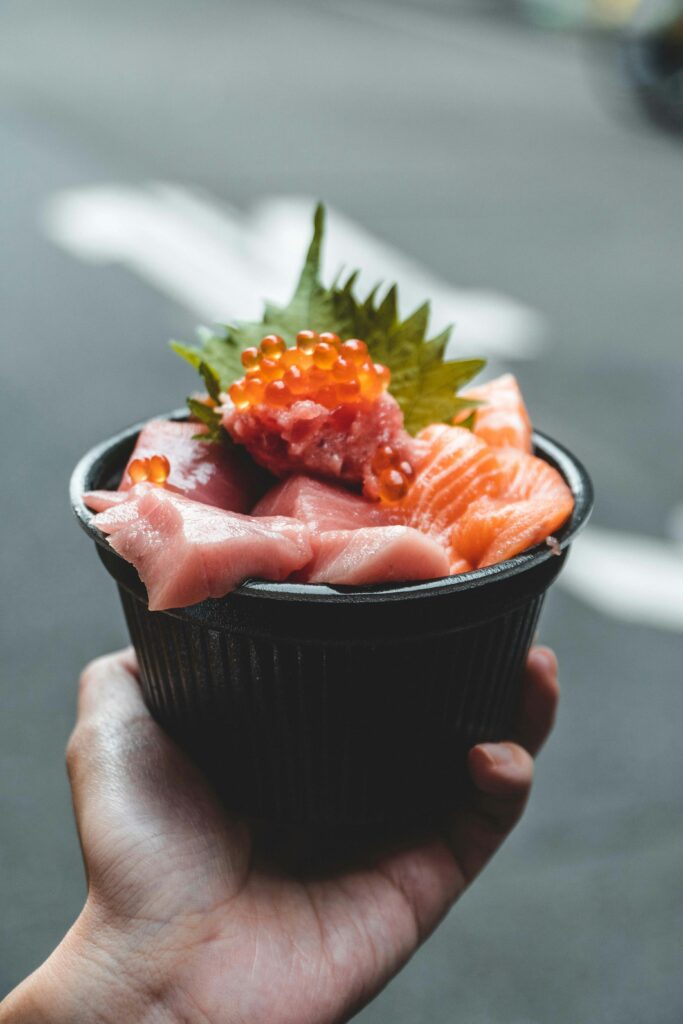
If fresh ingredients are your priority, areas surrounding fish markets are prime locations.
- Tokyo: Around Toyosu Market (formerly Tsukiji Market): The Tsukiji Outer Market boasts numerous sushi and seafood bowl restaurants open from early morning. The area around Toyosu Market (where public viewing is also available) also has many eateries serving incredibly fresh seafood.
- Other Regional Cities: In various cities across Japan, like Sapporo’s Central Wholesale Market Outer Market, Kanazawa’s Omicho Market, or Fukuoka’s Nagahama Fish Market, you’ll find sushi restaurants offering fish caught that very day.
Restaurants near markets often excel in freshness and value for money, but be aware that many operate primarily from early morning to early afternoon.
6. Target Lunchtime
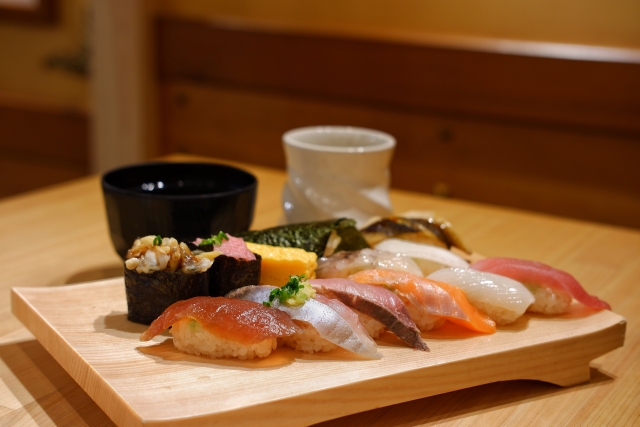
If you’re looking for a great value sushi experience, aim for lunchtime.
- Many sushi restaurants offer significantly more affordable sets, chirashi bowls, or seafood bowls during lunch compared to dinner. This is an excellent opportunity to enjoy high-quality sushi, often prepared by the same master chefs, at a more budget-friendly price.
- Lunch menus might change daily based on fresh catches. It’s a good idea to check the restaurant’s website or their storefront menu beforehand.
7. Pay Attention to the Restaurant’s Exterior and Ambiance

Trusting your intuition can also be a helpful clue in finding a good restaurant.
- Cleanliness: Is the entrance and interior clean and well-maintained? While Japanese eateries are generally clean, this is especially crucial for sushi restaurants handling fresh food.
- Local Buzz: If you see a restaurant bustling with locals from the outside, it’s a sign it’s well-loved in the community and likely a good spot.
- Clear Menus and Pricing: Restaurants that clearly display their menus and prices outside offer peace of mind. For tourists, this is particularly important for understanding the budget despite language barriers.
- Chef’s Demeanor: If the restaurant has counter seating, the chef’s working style and interaction with customers can also be a factor in your choice.
8. Consult Guidebooks and Specialty Magazines
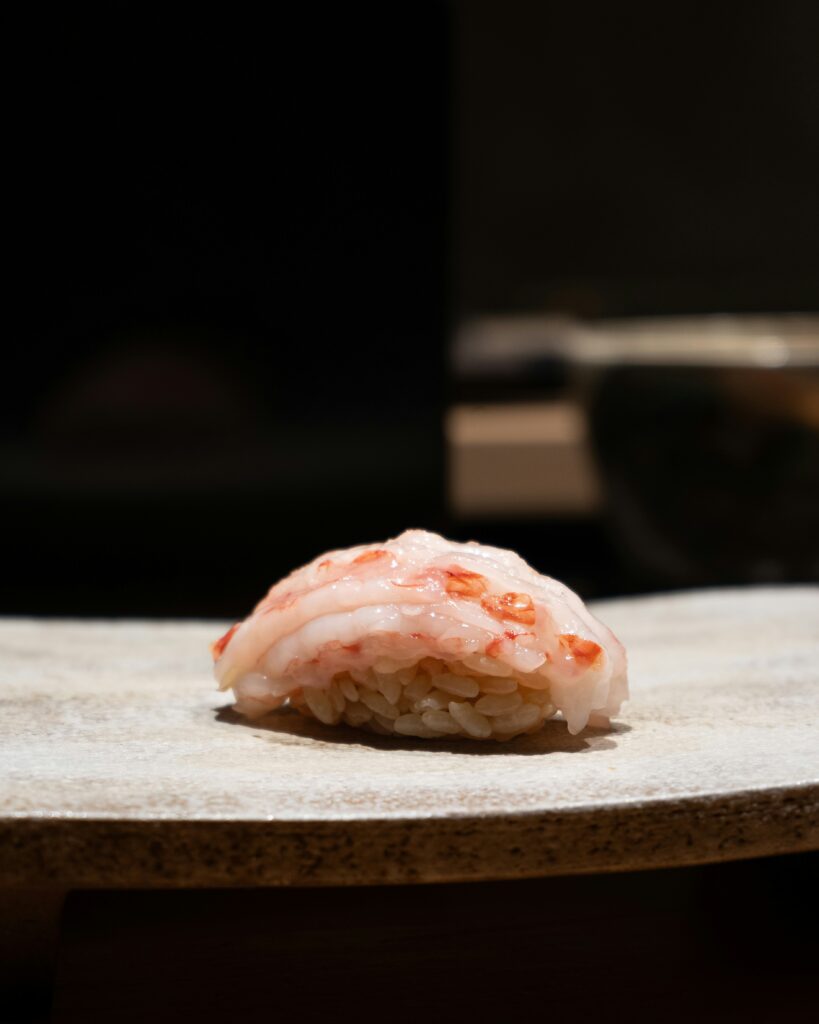
While classic, these information sources are still very effective.
- Major Travel Guidebooks (e.g., Michelin Guide, Lonely Planet): They feature famous restaurants and those popular with tourists. These are particularly helpful for first-time visitors to Japan.
- Japanese Gourmet Magazines and Specialty Publications: Specialty magazines dedicated to sushi can offer in-depth information focusing on specific styles, regions, or individual chefs. Restaurants featured in these often tend to be high-end and require reservations.
While using these sources, ultimately, it’s important to find a restaurant that matches your personal preferences and budget.
9. Check for English Menus
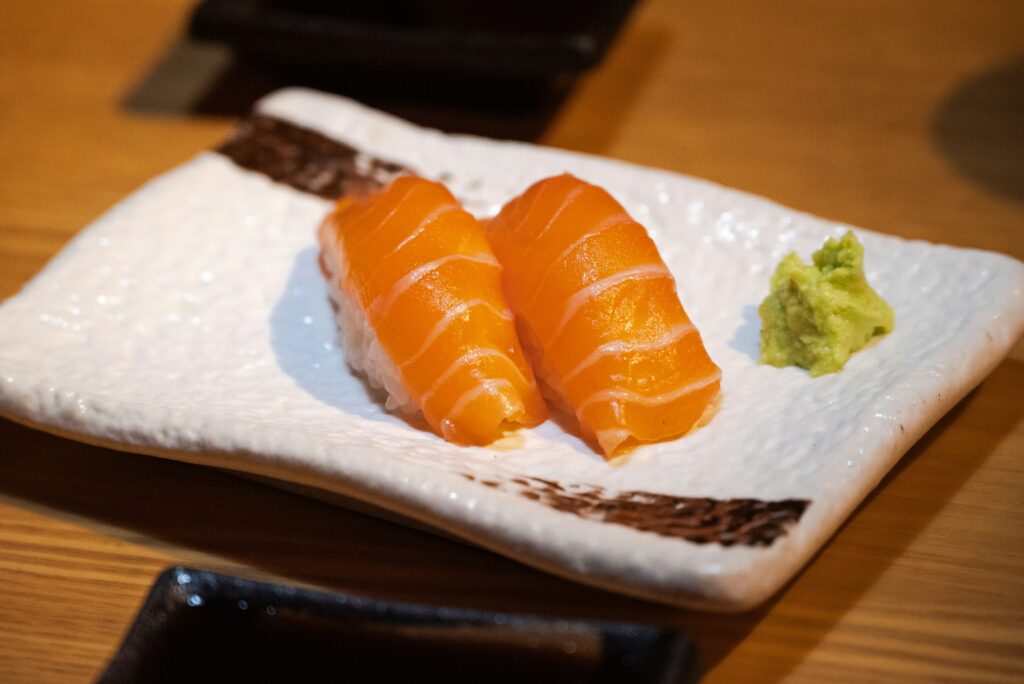
If the language barrier is a concern, it’s a good idea to check in advance if English menus are available.
- Many tourist-friendly restaurants and those in international areas of cities will have English menus or English-speaking staff.
- At long-established or local neighborhood restaurants, menus might only be in Japanese. In such cases, use pointing or menus with pictures. You can also try learning a few simple Japanese phrases. Recently, translation apps can also be incredibly helpful.
10. Dare to Try “Omakase”
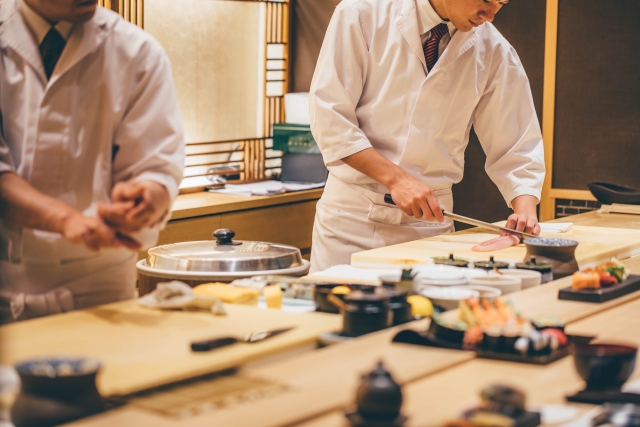
If your budget allows and you want to deeply experience Japanese sushi culture, we highly recommend trying “Omakase.”
- What is Omakase? It’s a course where the chef selects the best seasonal ingredients available that day and prepares individual pieces of sushi one by one, served at your pace. Literally meaning “I leave it to you” (the chef), this format allows you to fully appreciate the skill and sensibility of a Japanese sushi chef.
- Benefits:
- You get to taste the finest ingredients of the day.
- You can observe the chef’s techniques and philosophy up close.
- You might discover unusual or seasonal ingredients you wouldn’t normally choose yourself.
- Engaging with the chef deepens your understanding of Japanese food culture.
- Points to Note:
- The price is generally higher.
- The items served are entirely up to the chef, so it’s important to inform them in advance if you have any allergies or strong dislikes (e.g., specific raw fish, shellfish).
- It’s an experience meant to be enjoyed with ample time.
Armed with these tips, go forth and plan your perfect sushi adventure in Japan. Unforgettable culinary moments await you!

